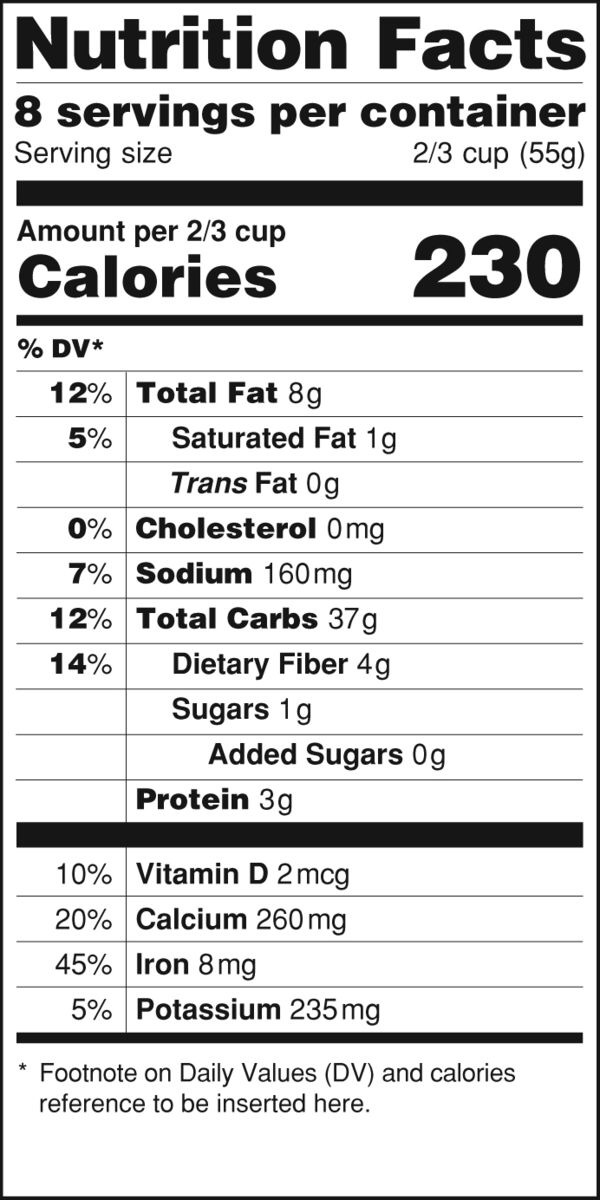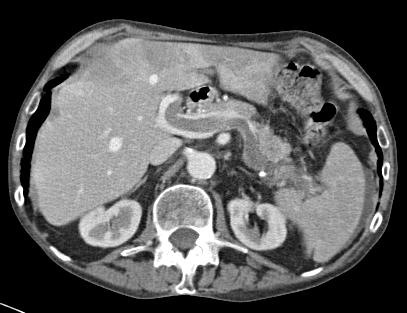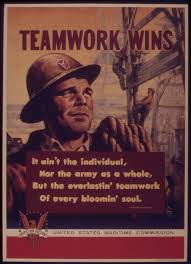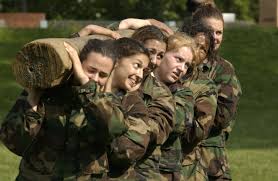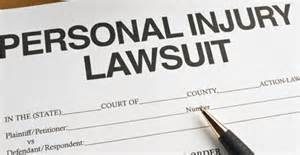1. Empathize
There has been an unfortunate rise in concussions in youth sports over the years. The trend has been startling, and unfortunately, deadly. Concussions are serious injuries. Concussions are caused by blows to the head that can be a result of falls, impact with objects (like balls) or contact with the ground. The brain is protected by a layer of fluid that surrounds it the skull, but during a hard impact even this liquid layer and even helmets aren’t as protective as one would hope. The brain can still bounce against the skull, causing trauma as it does so.
Recently, roughly 5-10% of athletes have had a concussion. The rise in concussions has been a result of a bevy of factors such as improper training, improper technique, negligent coaches or referees or a lack of proper equipment to handle concussions. Perhaps the most wide-spread and detrimental is the “play-through-it” philosophy that has taken the sporting world by storm. Rather than encouraging their athletes to report injuries, coaches encourage their athlete to “man-up” and play through the pain. This command often results in increased injures and even the deadly Second-Impact Syndrome.
In order to combat the rise in concussions, my partner Yasmeen and I tried to think about simple changes that could positively affect athletic staff and athletes. After deciding who we wanted to affect, we came up with a prototype of a procedure that athletic departments could do to ensure that they were taking all the precautions to handle concussions properly. We wanted to make something that would be simple enough that all schools and athletes could do it, but helpful enough that it might actually make a difference. The procedure could spread awareness and aide learning, so we decided to elaborate on this concept.
Image by Hayley Grassler
2. Define
Yasmeen and I are athletes. I am a cheerleader, and I have been on Varsity since my sophomore year. In this particular sport I’ve seen many concussions from people being dropped on their heads or fallen on, and I have received two myself.
Yasmeen is also extremely active. She runs frequently and does yoga, so she knows how important proper technique is. Because we are both athletic, we were able to easily decide that teaching people how to prevent concussions would be more helpful than treating them once they were already concussed. Additionally, concussions should really only be treated by medical professionals, which we are not.
Athletes hold a lot of the power when trying to end concussions in youth sports. Helping to spread awareness to them would almost certainly decrease the statistics.
3. Ideate
Yasmeen and I drafted the “Concussion Procedure”. This is a proposed procedure that all athletic departments would take part in.
It consists of two assessments, one for members of the athletic department (adults) and one for student athletes. They are also checklists of necessary equipment and coaching philosophies, which can be printed out and used as reminders. Their purpose is to determine what within the department could be changed for the better and improved, and also to alert the athletic director of any serious issues within the program.
It is in the form of a google doc so that it can be shared quickly and with many people. The assessments are on Buzzfeed, which is free and easily accessible. The coaches could print them, have their athletes take them, gather the results and discuss them in a department meeting.
4. Prototype
5. Test
To test our prototype we gave it to adults that had been in the athletic community and various ages of athletes. Helpful critics came from Mr. Fischer, Patti Holt, Abi Grassler, and Amir Arami. Their critiques are as follows:
“Hello, Hayley!
First of all, I should be honest and note that concussions in our athletes were not of a high priority when I was coaching (from about the mid-70’s to the 90’s). Every now and then, a young man would come up to my office after a game and tell me he thought he got conked pretty good, but if anything we gave him ice. We didn’t pay too much attention unless they passed out on us or couldn’t look us in the eyes.
I have not heard of “Buzzfeed”, but I believe all that was required was that I take the quiz for adults.
I have unfortunately been very familiar with serious concussions as of late; a young man almost died at E.D.H, either because of a concussion or a skull fracture. I remember there was one young man I coached for about a year. He suffered a serious concussion and told the school nurse, and the next day he was rushed to the hospital. Looking at your questions, I can tell you that my athletic facilities were certainly not adequate! I only checked 7, and thats relying on my memory.That being said, however, this was roughly 20 years ago.
Coaches are busy and if you’re serious about getting every coach to take this quiz, you might get some resistance, but this quiz took me about 2 minutes, and I got Eileen to do it as well. I think it’s great that you’re thinking about this, especially considering you’re not the most athletic person around! Chin up, kid.
Herb Fischer”
Yasmeen gave the prototype to her brother, who plays club soccer, and is 14. He took the quiz and saw the checklist and he was not aware of many of the things on our list, which is an example of the education that could be gained from using this procedure. He felt that his coach would benefit from reading it, too. He unfortunately knows a lot of teammates who have had concussions.
He said that we could improve it by making another list about how to treat concussions immediately after they occur.
We also showed the prototype to my sister, who has been on the cheer team all four years of high school. She’s been afraid of getting a concussion since she joined because she had heard horror stories of girls dying hours after they got one. She felt that the most important part of the prototype was the part about coaches not encouraging athletes to play through injuries, because that is definitely not something that most coaches observe. She was a bit concerned that it might offend coaches that had been coaching the same way for a long time.











